Technological Innovations
Technological advancements play a significant role in shaping the Drip Irrigation Systems Market. The integration of smart technologies, such as sensors and automated systems, enhances the efficiency and effectiveness of drip irrigation. These innovations allow for real-time monitoring of soil moisture levels, enabling farmers to optimize water usage and reduce operational costs. Furthermore, the development of advanced materials for drip lines has improved durability and performance, making these systems more appealing to users. As the agricultural sector increasingly embraces digital solutions, the demand for technologically advanced drip irrigation systems is expected to rise. This shift not only improves agricultural practices but also contributes to the overall growth of the Drip Irrigation Systems Market.
Water Conservation Efforts
The increasing emphasis on water conservation is a pivotal driver for the Drip Irrigation Systems Market. As water scarcity becomes a pressing concern in various regions, agricultural practices are evolving to prioritize efficient water usage. Drip irrigation systems, known for their ability to deliver water directly to the plant roots, significantly reduce water wastage compared to traditional irrigation methods. Reports indicate that these systems can save up to 50% more water, making them an attractive option for farmers. This trend is further supported by the rising awareness among consumers regarding sustainable farming practices, which in turn drives demand for advanced irrigation technologies. Consequently, the Drip Irrigation Systems Market is likely to witness substantial growth as more farmers adopt these systems to enhance water efficiency and meet regulatory standards.
Government Support and Policies
Government initiatives and policies aimed at promoting sustainable agriculture are instrumental in driving the Drip Irrigation Systems Market. Many governments are implementing subsidies and financial incentives to encourage farmers to adopt water-efficient irrigation practices. These policies are often part of broader environmental strategies to combat water scarcity and promote sustainable farming. For instance, various countries have established programs that provide funding for the installation of drip irrigation systems, making them more accessible to farmers. This support not only facilitates the transition to more efficient irrigation methods but also fosters a favorable regulatory environment for the Drip Irrigation Systems Market. As such, the alignment of government policies with agricultural sustainability goals is likely to bolster market growth.
Rising Agricultural Productivity
The quest for enhanced agricultural productivity serves as a crucial driver for the Drip Irrigation Systems Market. With the global population projected to reach approximately 9.7 billion by 2050, the demand for food is expected to surge. Drip irrigation systems facilitate higher crop yields by providing precise water and nutrient delivery, which is essential for optimal plant growth. Studies have shown that these systems can increase crop production by up to 30%, thereby addressing food security challenges. As farmers seek innovative solutions to maximize their output while minimizing resource use, the adoption of drip irrigation is likely to accelerate. This trend not only supports the agricultural sector but also aligns with broader sustainability goals, further propelling the Drip Irrigation Systems Market forward.
Increasing Awareness of Sustainable Practices
The growing awareness of sustainable agricultural practices is a significant driver for the Drip Irrigation Systems Market. As consumers become more conscious of the environmental impact of food production, there is a rising demand for products that are cultivated using sustainable methods. Drip irrigation systems, which minimize water usage and reduce runoff, align well with these consumer preferences. Additionally, educational campaigns and outreach programs are helping farmers understand the benefits of adopting such systems, further driving market growth. The shift towards sustainability is not only a response to consumer demand but also a necessity in the face of climate change and resource depletion. Consequently, the Drip Irrigation Systems Market is poised to expand as more stakeholders recognize the importance of sustainable irrigation solutions.


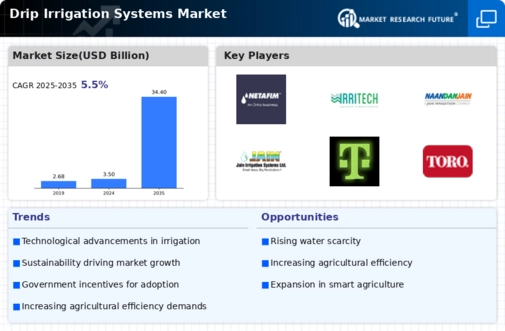
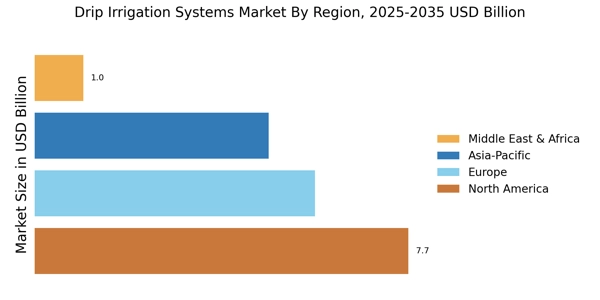

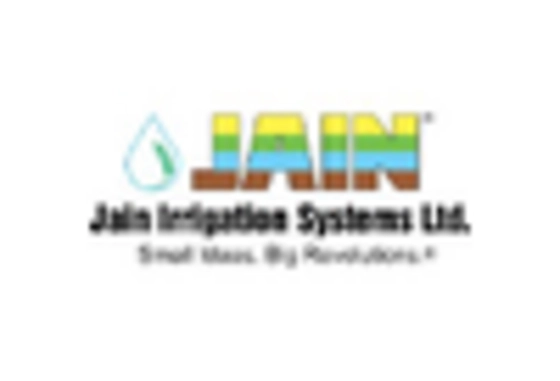
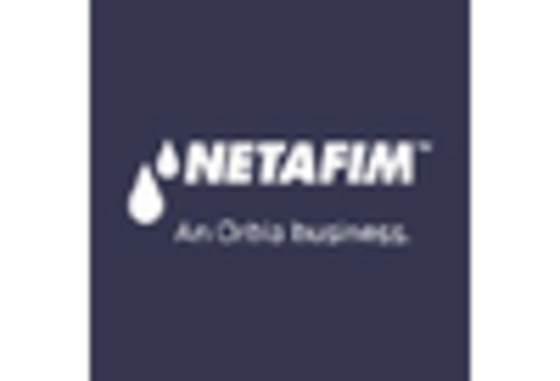
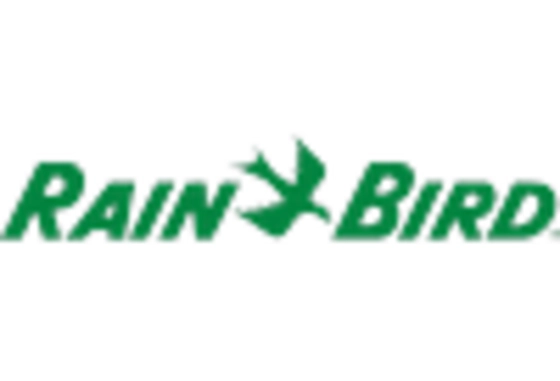
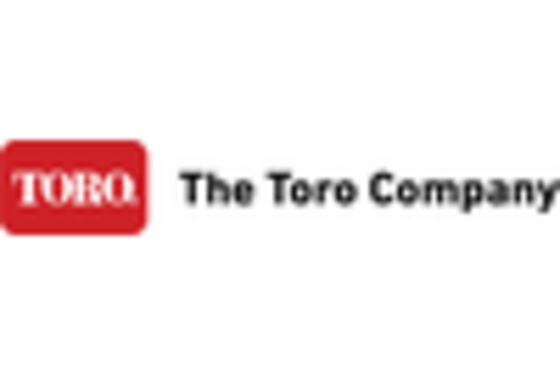
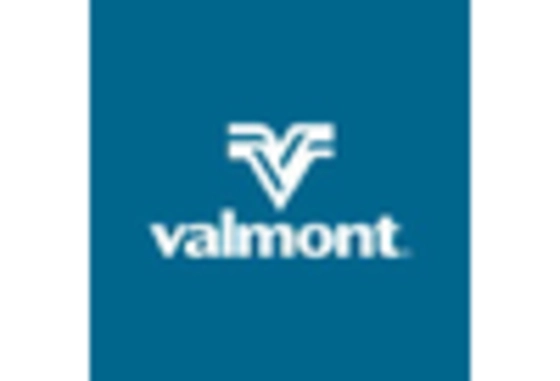








Leave a Comment